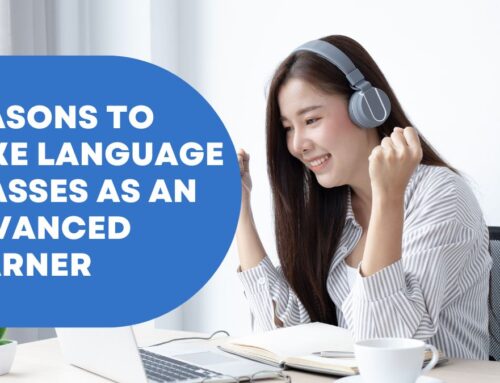Different Parts of Learning a Language
Families are starting to introduce other languages into their children’s lives earlier and earlier. Before, families let the school system teach their children new languages. Now, families are encouraging their children to watch TV and movies in the target language such as English or Spanish.
The earlier children start consuming these products, the easier it is for them to master as they grow older. Children are like sponges.
However, like any other learners, it takes more than just watching and reading content in that language.
If you were to have a language learning formula, it would include 4 parts: what you consume, what you produce, how you interact, and how much fun is the whole process.
Let’s break down these 4 parts.
There are 4 different parts of learning a language
What You Consume
In the language learning formula, what you consume means what you see, hear, and read. The common examples are movies, TV shows, and books.
This is the most important part and what the rest is based off of. If we never heard our native language…would we speak it? Definitely not. By having the language surround us and constantly hearing it enables learners to sound more natural when they do start interacting with others because they already had those examples.
But, we often hear other languages around us and we don’t speak it nor understand it, which is why we still need other parts of the formula.
What You Produce
The next part of the language learning formula, what you produce, means what you say and write. The common examples are speaking in conversations and writing stories or letters.
We can listen as much as possible, but that doesn’t mean we will learn it. We need to produce content to learn a language. Speaking is the best as we use our speech more often, but writing can help learners process the grammar rules and learn new vocab, which will help with the speaking.
How You Interact
This part is tied with what you produce as it has to do with speaking, but the key difference is responding to things around you. You can speak to yourself in the mirror or speak to a friend, but if the friend doesn’t ask questions, mention other stories, etc. it is really just you giving a monologue. We want to make sure learners are fully interacting, not just making monologues.
Here, at My Open Passport language school, we ensure that each class is conversation focused so students have the opportunity to interact as much as possible.
How Much Fun is the Process
The final part in the language learning formula is making sure the learner is having fun through it all! If an activity is not fulfilling, not fun, the process is a lot harder – for anything.
In additional to conversational classes, our classes are dedicated to games and customized classes to suit the needs and interests of the student!
Types of Interactions
Interactions don’t have to be just in class, they can also be at home! It can be great practice for both parent and child or between partners!
For children and parents, parents can encourage their child to ask for things in English or Spanish or the target language:
- “Can I have some ice cream?”
- “Can you give me the ball?”
Or parents can ask the questions:
- “Which toy do you want?”
- “Do you want to pet the dog?”
For more older students, these questions can be more open-ended, more deeper questions, but just to give you an example.
When the student says the question correctly or answers correctly, they are rewarded with whatever the subject is about (getting ice cream, petting the dog, having the ball, etc.).
For young learners, speaking takes more time. Listening, reading, and writing are usually developed first. So, do not get frustrated! It happens to all of us!
For all ages, if this is your second language, it can also be a slower process than those who have already learned other languages in the past.
Of course, make sure to give praise to yourself, your partner, or your child!
There is no quick formula – this is no car race (Formula 1)! But rather a slow car trip across the country/continent!
Book your first class today!
Fill out the form below and someone will get back to you shortly with a confirmation!


































Leave A Comment